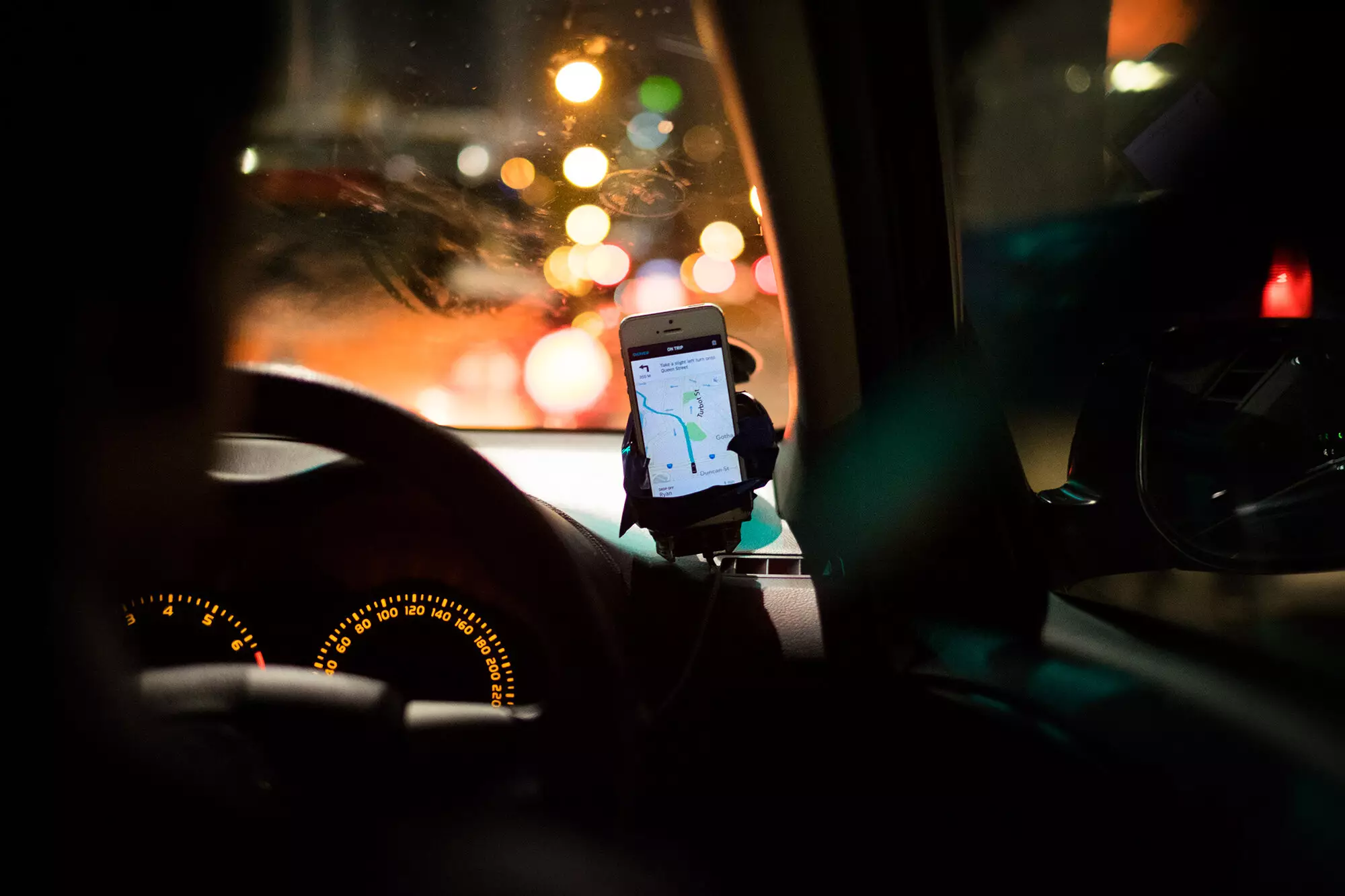The advent of ride-hailing services like Uber and Lyft has revolutionized urban mobility, reshaping how city dwellers traverse their surroundings. However, with convenience comes responsibility, particularly when evaluating the environmental implications of these platforms. A recent study from the University of California, Davis, underscores a significant concern: over half of the ride-hailing trips surveyed replaced more eco-friendly transportation options, such as public transit, cycling, and walking, or generated additional vehicle miles. This stark revelation necessitates an urgent examination of the intersection between convenience, environmental sustainability, and social equity.
This comprehensive study collected data from 7,333 ride-hailing trips undertaken by 2,458 respondents across three major Californian metropolitan regions: the San Francisco Bay Area, San Diego, and Los Angeles and Orange counties. The timeframe spanning from November 2018 to November 2019 provided insights into transportation habits during a crucial period of urban mobility evolution. The findings revealed that nearly half of the surveyed trips—about 47%—had replaced sustainable commuting methods, signifying a troubling trajectory for eco-conscious urban planning. Alongside this, an additional 5.8% represented “induced travel,” illustrating the extent to which ride-hailing contributes to car dependency.
The findings present a dual-edged sword. On one side, ride-hailing services hold the potential to alleviate transportation barriers, providing mobility to those who might otherwise lack access. Yet, the study suggests that these services frequently undermine public transit systems, which are crucial not only for reducing carbon footprints but also for maintaining equitable access to transportation across socio-economic divides. As individuals opt for the convenience of on-demand rides, investments in public transportation may decline, exacerbating sustainability challenges in urban areas.
The study’s conclusions draw attention to an alarming trend: the fact that individuals without household cars, or those from racial and ethnic minority groups, demonstrated a reduced likelihood of canceling trips when ride-hailing was their only option, indicating a reliance on these services for essential travel. This point particularly highlights the socio-economic disparities in urban transportation access.
To mitigate the environmental backlash of ride-hailing, the researchers recommend fostering stronger connections between these services and public transit, particularly in areas with lower demand for such transportation. Creating software solutions that facilitate seamless transfers between ride-hailing and public transport can complement existing systems instead of replacing them. Additionally, incentivizing shared rides or pooling options presents an opportunity to reduce individual vehicle occupancy, cut emissions, and alleviate road congestion.
The study’s lead author, James Giller, emphasizes the potential for ride-hailing platforms to uphold more sustainable practices, urging policymakers and industry stakeholders to prioritize efficiency in their design and usage. By focusing on enhancing vehicle occupancy rates and ensuring rides strategically direct passengers to transit hubs, the environmental footprint could be notably reduced. However, addressing equity concerns remains paramount; any progress in sustainability must also ensure equitable access to mobility for all demographics.
While ride-hailing services introduce invaluable flexibility in urban transit, their environmental and socio-economic implications cannot be overlooked. This study sheds light on the pressing need for collaborative strategies that enhance the sustainability of ride-hailing, nurture public transport systems, and promote equitable access across all community segments. As cities evolve into complex ecosystems of mobility, stakeholders must endeavor to create transportation frameworks that harmonize convenience with ecological and social responsibility. The future of urban transport depends on this critical equilibrium, striding toward a greener and more accessible tomorrow.


Leave a Reply